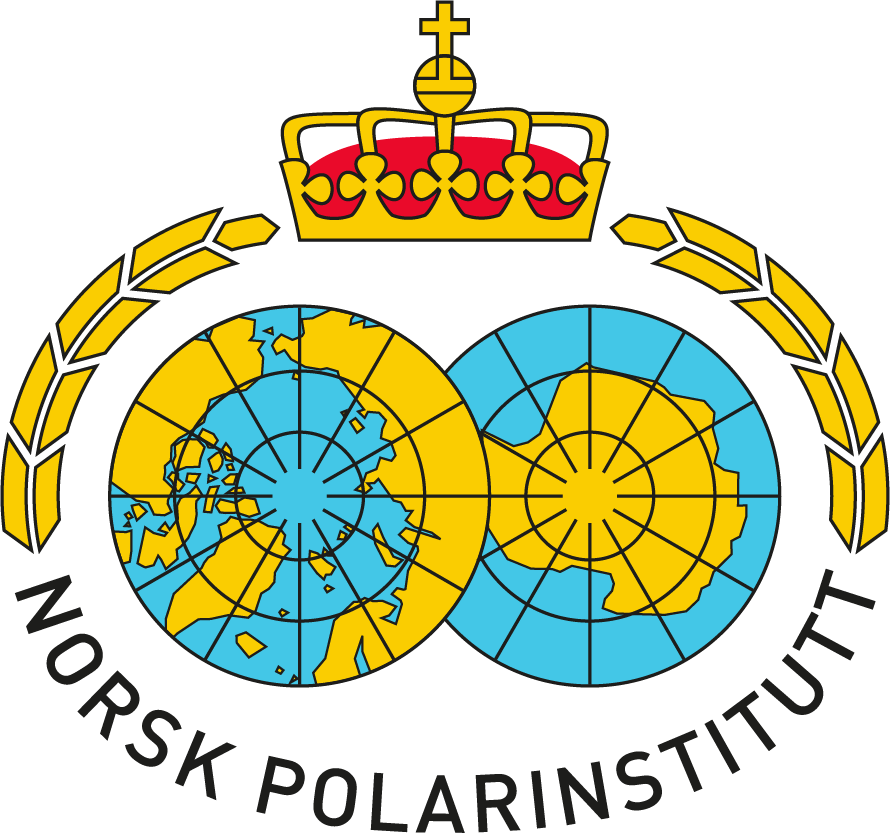Ecosystems in the Arctic are particularly sensitive to climate change. A circumpolar study of arctic ecosystems concluded that climate change is the single most important of all the factors impacting arctic ecosystems. The significant changes in sea ice in the Arctic over the past decades affect the plant and animal life associated with the ice.
